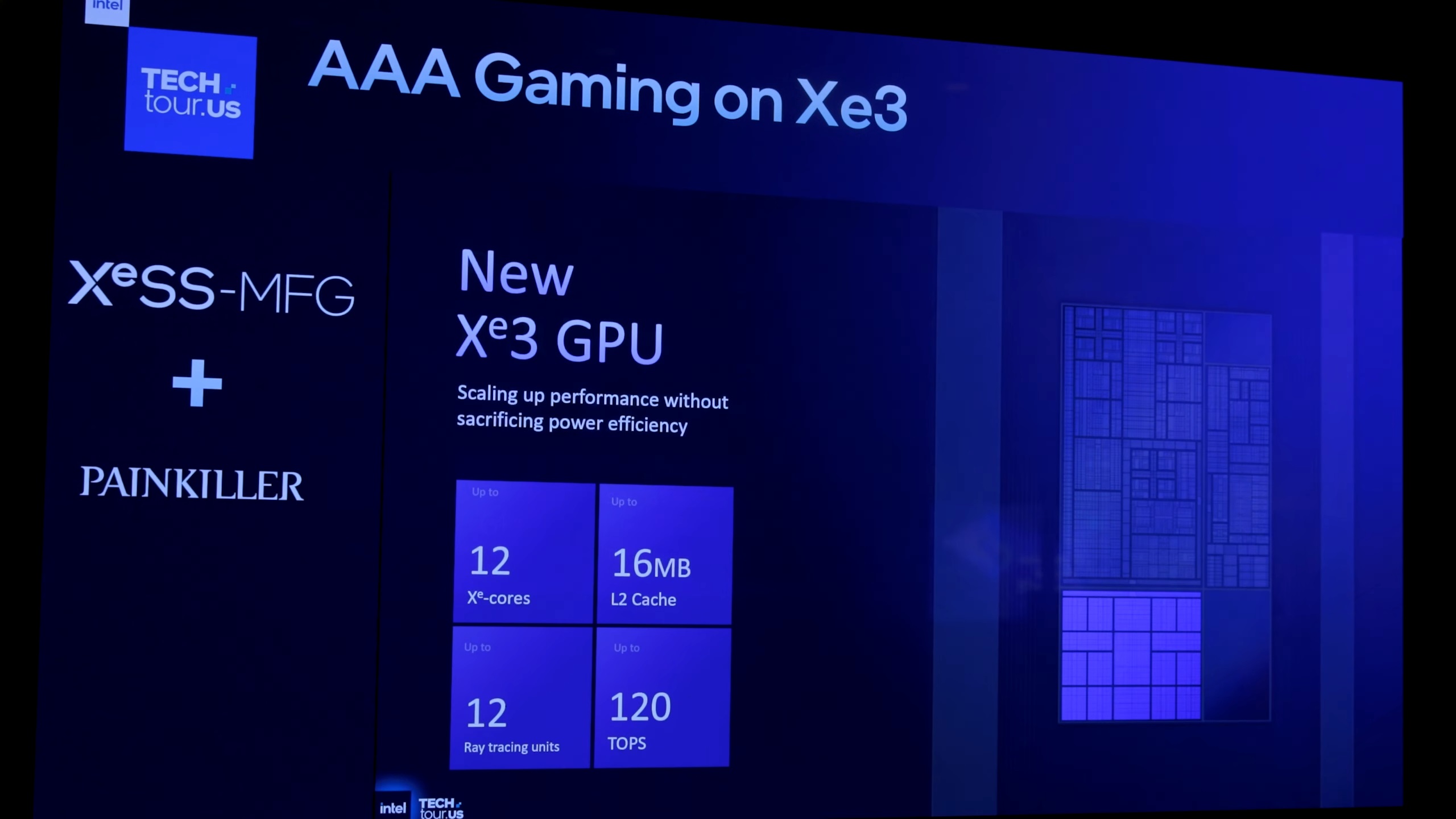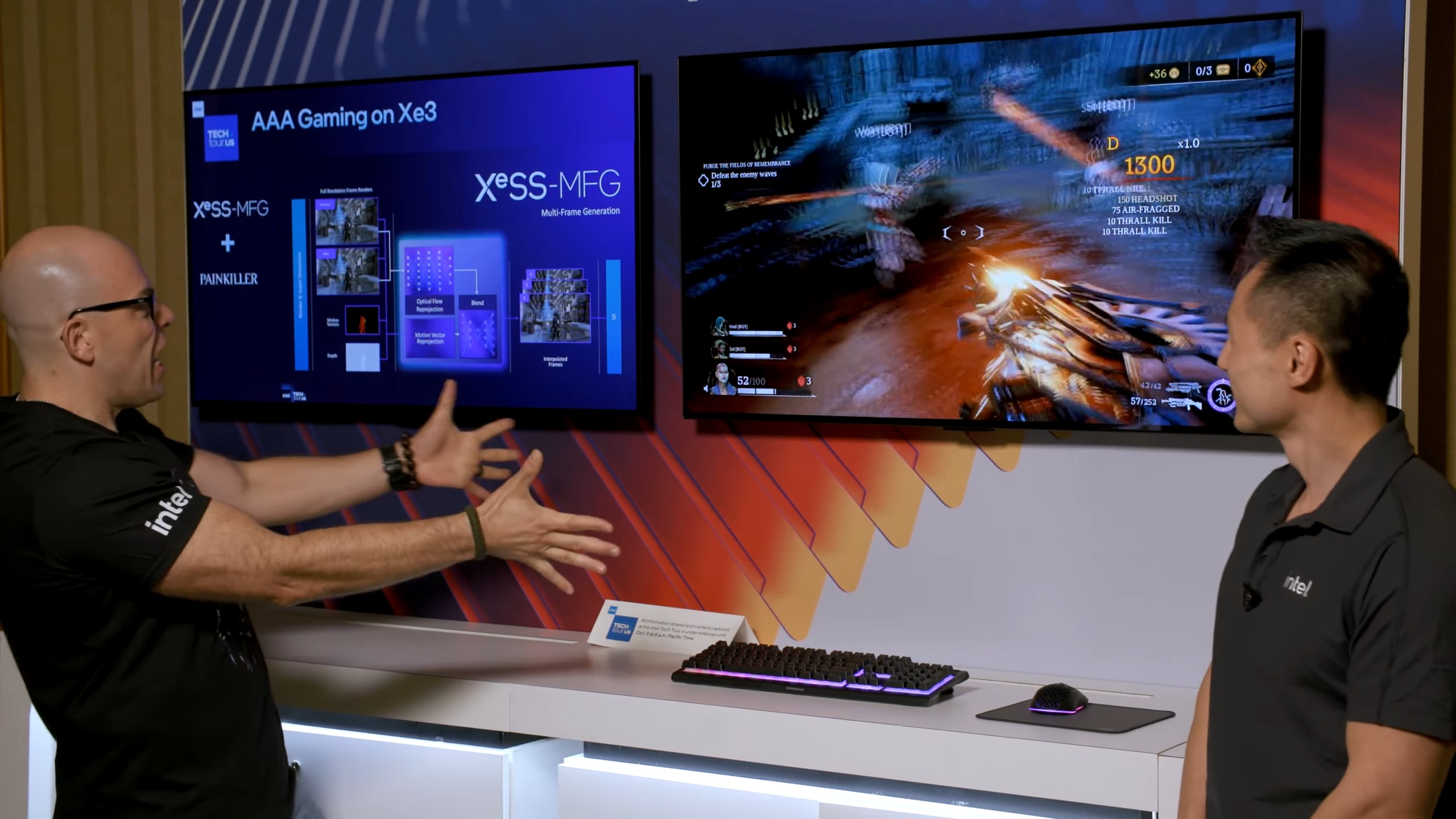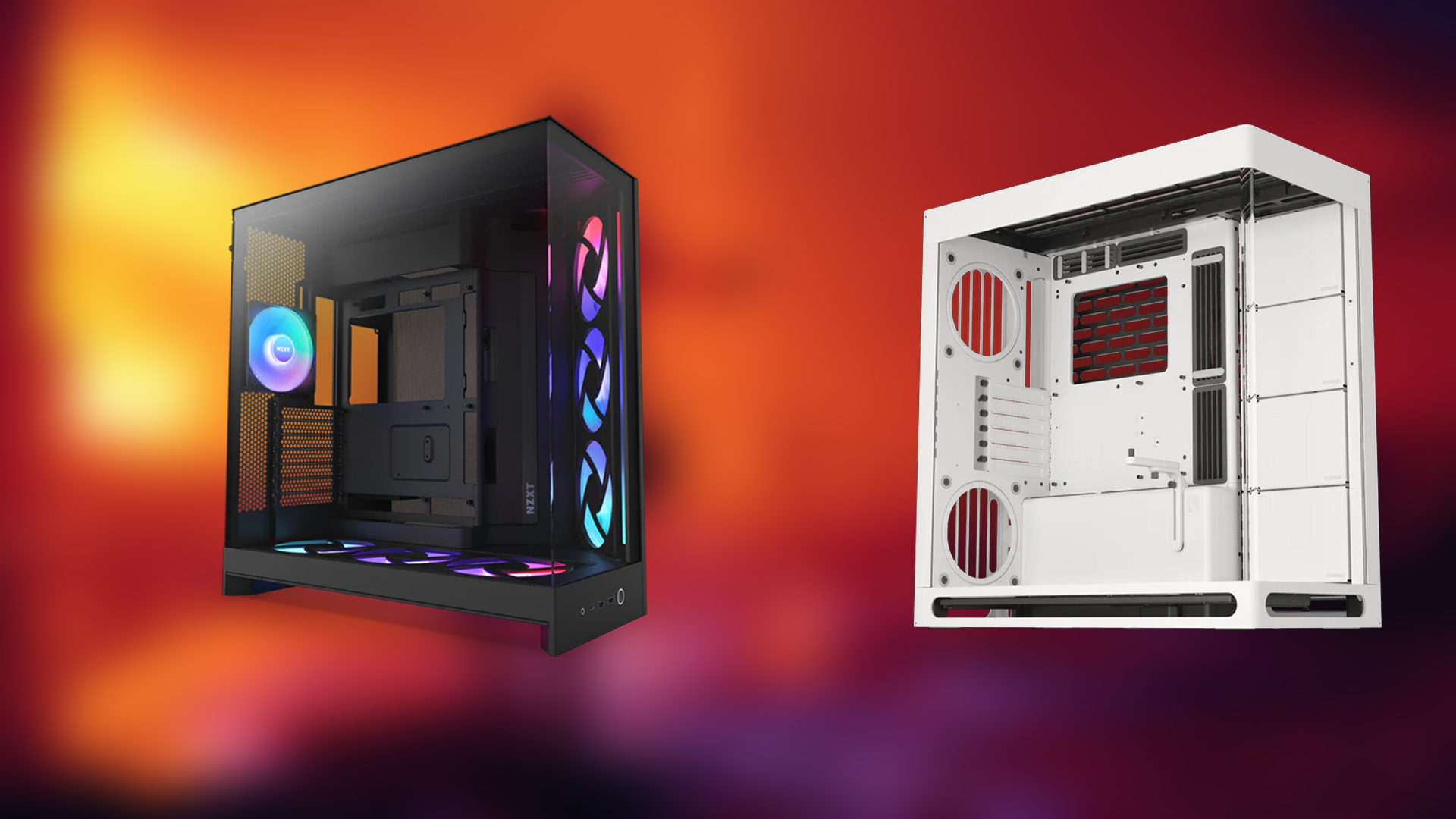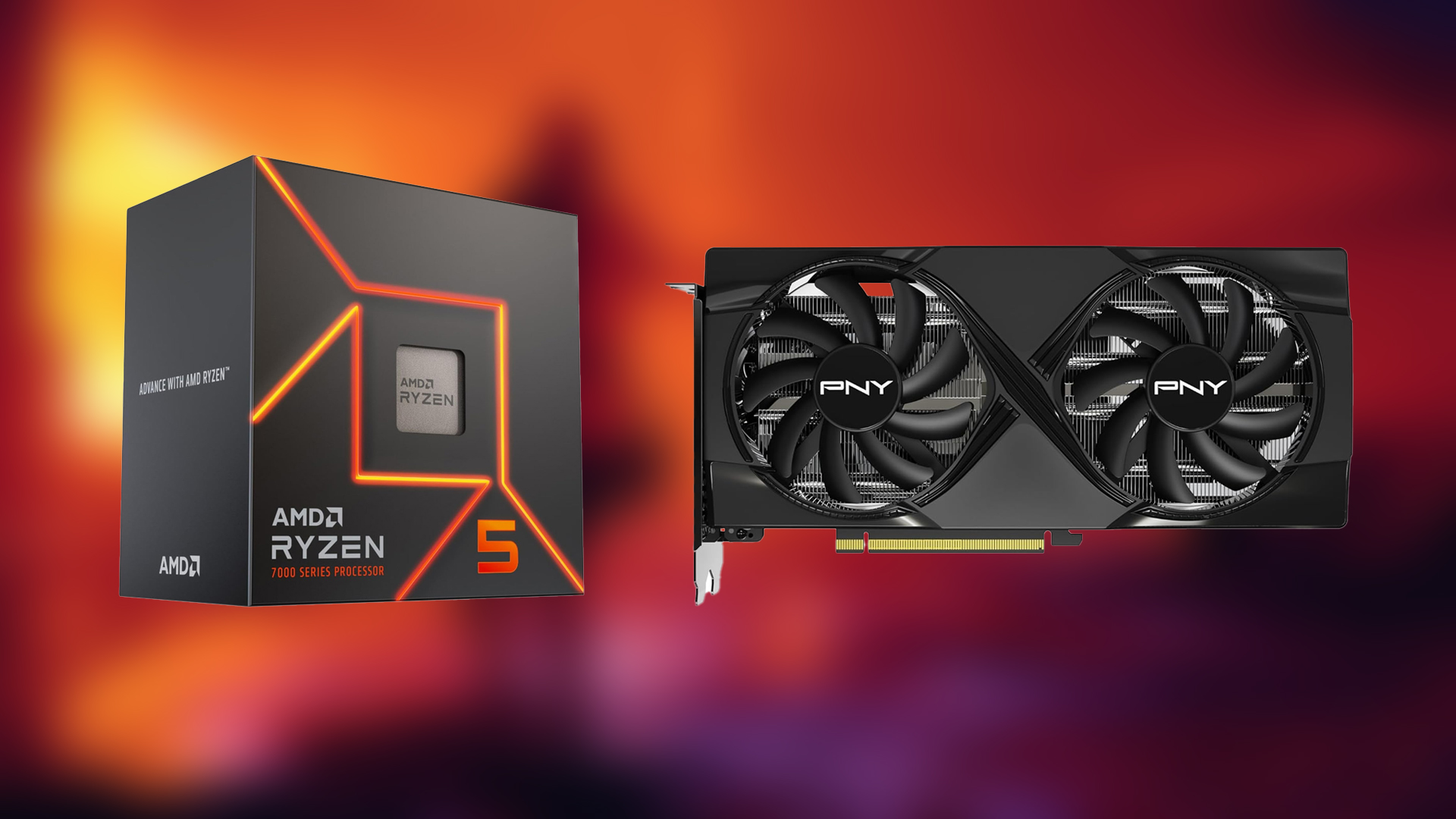Will Intel bring dedicated GPUs for desktop PCs using the new Intel Xe3 Architecture? Intel says its Xe3 can scale to high-performance GPUs.

After Intel announced a strategic partnership with Nvidia and promised to integrate Nvidia GPUs into their CPUs, users almost gave up their hopes of getting Intel’s dedicated GPUs in the future. However, that dream seems to be alive and well, at least for now, considering Intel just revealed its next-gen Xe3 architecture for both iGPU and dedicated GPUs.
Therefore, the question is, will Intel bring more GPUs to the desktop PC market? That seems to be the case, especially with the reveal of the Xe3P architecture, alongside the regular Xe3. The former is a performance-oriented version, which should be used for dedicated GPUs, but there’s more to it than what meets the eye. Read on to learn more.
Note: Parts of this article are subjective and reflect the writer’s opinions.
Intel Xe3 Architecture Revealed: Detailed Overview
Xe3 introduces numerous changes that fix and refine some of the quirks present in the Xe2 architecture. The new Xe3 architecture will first be featured as an iGPU in the Panther Lake mobile processors. These changes promise to deliver a substantial performance improvement. Let’s take a look at what Xe3 brings to the table.
What Are the Changes and Improvements?

The first major change that Intel made with the Xe3 architecture is to increase the number of Xe cores and RT cores per render slice. Xe2 has four Xe cores and four RT cores. Intel has now increased the Xe core and RT core counts to six instead of four. This is a 50% increase in core count, which should result in similar performance gains. Each Xe core includes eight Xe Vector Engines, which now have 25% higher thread count with variable register allocation. This allows games to fully utilize the GPU’s power.
Intel has also significantly increased the L2 cache size, which in some configurations could be double that of the Xe2 architecture. According to Intel, the larger L2 cache size has led to up to a 36% reduction in SoC traffic. In other words, data doesn’t need to travel from the SoC/GPU to memory frequently since there’s an abundance in cache. This improves performance in memory-sensitive games, such as Cyberpunk 2077 (using RT) or Black Myth Wukong.
Xe3 architecture now also supports FP8 dequantization, so games utilizing that instruction will process data natively on the GPU instead of emulating it on the CPU. This reduces CPU overhead and increases frame rates. Apart from that, the GFX fixed function is now enhanced, and there’s also a new URB manager. These changes double the anisotropic filtering performance stencil test rate.
Moreover, RT cores and XMX cores have increased by 50%. Therefore, they can deliver better XeSS results. Speaking of XeSS, Intel has also introduced XeSS Multi-Frame Generation, which can quadruple the frame rates in supported games.
What Kind of Performance Improvements Can You Expect?

The Xe3 architecture brings a 50% increase in Xe cores per render slice, RT cores, and XMX cores. There’s also a 25% increase in thread count with variable register allocation. The L2 cache size is also doubled, depending on the configuration. All these changes should lead to a 50% increase in performance compared to Xe2 in Lunar Lake.
However, keep in mind that this Xe3 is just the iGPU version of Panther Lake compared to Lunar Lake. That’s because Xe3 will primarily power iGPUs. For dedicated GPUs in the Arc family, Intel announced a new architecture called Xe3P. It is just an enhanced version of Xe3 designed to take advantage of the higher power envelope of dedicated GPUs to deliver even higher performance in games.
Think of it in this way: Xe3 is exclusively for the integrated GPU, which doesn’t get a lot of wattage. Therefore, Xe3’s core clock speeds and memory clock speeds will be lower. On the contrary, dedicated GPUs get a lot of power with dedicated memory chips. Therefore, Xe3P architecture will probably be able to clock significantly higher for both the core and memory to deliver higher performance. This should lead to an even higher increase in performance.
Will Intel Bring Dedicated GPUs Featuring Xe3 Architecture?
While Intel hasn’t explicitly announced new dedicated Arc GPUs with the Xe3 architecture, Intel likely will. After all, Intel did mention Xe3P will indeed power Arc family GPUs. Therefore, you should expect new Arc GPUs featuring the Xe3P architecture. The next-gen Arc graphics cards, codenamed Celestial, will sport the Arc C5xx or C7xx naming scheme, as is the tradition.
After all, Intel’s first-gen Alchemist GPUs sported the A780, A770, or similar naming. The Battlemage GPUs sported B580 and B570 naming. Therefore, it is only natural for Celestial GPUs to sport C7xx, C5xx, and a similar naming scheme.
We provide the latest news and “How To’s” for Tech content. Meanwhile, you can check out the following articles related to PC GPUs, CPU and GPU comparisons, mobile phones, and more:
- 5 Best Air Coolers for CPUs in 2025
- ASUS TUF Gaming F16 Release Date, Specifications, Price, and More
- iPhone 16e vs iPhone SE (3rd Gen): Which One To Buy in 2025?
- Powerbeats Pro 2 vs AirPods Pro 2: Which One To Get in 2025
- RTX 5070 Ti vs. RTX 4070 Super: Specs, Price and More Compared
- Windows 11: How To Disable Lock Screen Widgets
 Reddit
Reddit
 Email
Email


